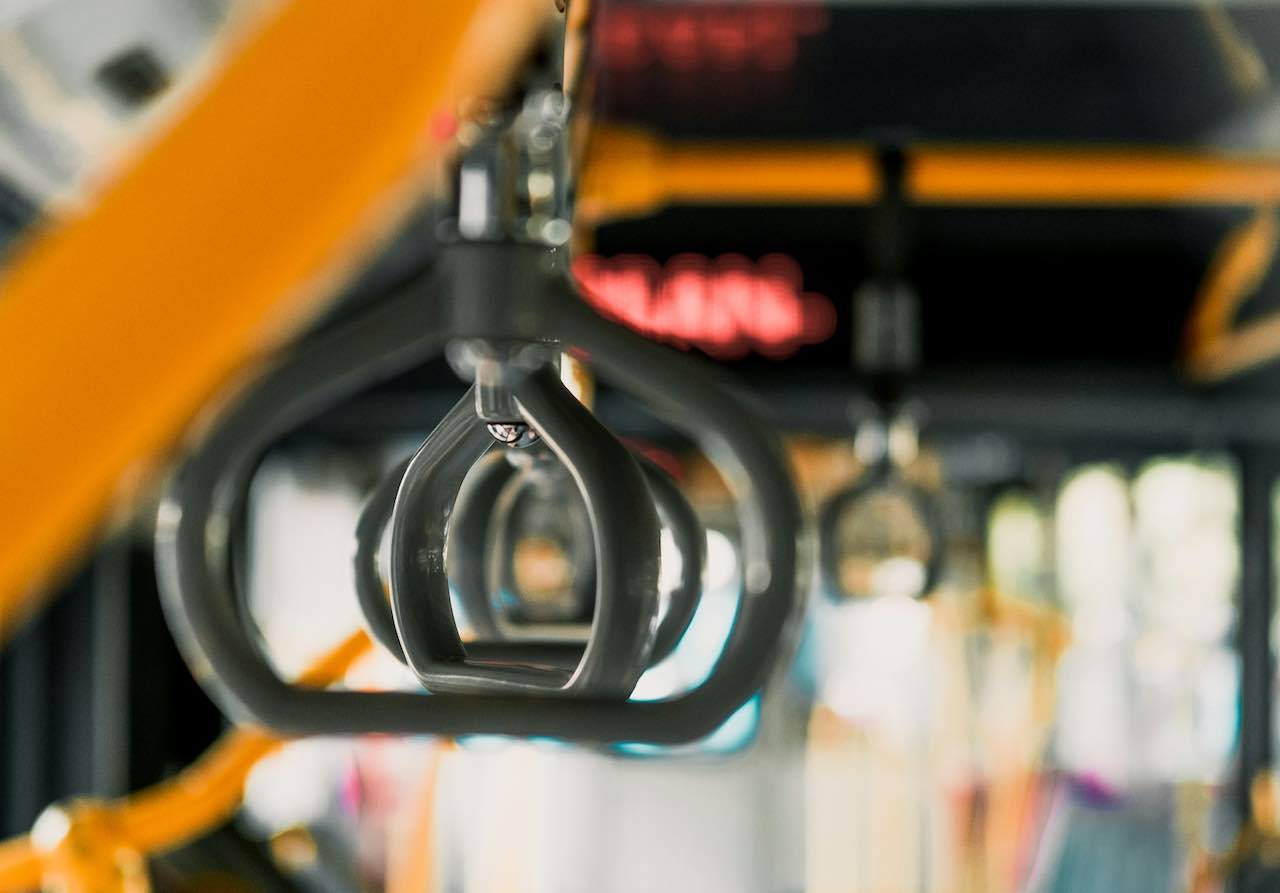
Saturday, 26 Oct 2024

In the digital marketing world, every activity can be tracked—but what about Out-of-Home (OOH) advertising? Billboards, bus stop ads, or car branding have limitations when it comes to direct tracking. However, by combining QR Codes and UTM Links, advertisers in Indonesia now have a concrete solution to digitally measure OOH campaign effectiveness.
While OOH is known as a brand awareness medium, today’s clients demand concrete data to measure ROI. Without tracking, agencies struggle to answer questions like:
With QR Codes and UTM links, these questions start to become answerable.
A QR Code is a 2D code scannable via smartphone cameras. In the OOH context, it serves as a bridge between the offline and online world, allowing audiences to access landing pages or promotions with a single scan.
Example implementations:
The Role of UTM Links in Digital Tracking
UTM (Urchin Tracking Module) parameters are added to URLs to track traffic sources in tools like Google Analytics.
Example UTM link:
https://www.yourwebsite.com/promo?utm_source=OOH&utm_medium=billboard&utm_campaign=promo-ramadhan
From this link, you can identify:
If the UTM link is embedded in a QR Code, you effectively combine digital tracking with physical engagement.
1. Create a Dedicated Landing Page
Avoid using your homepage. Make a specific page for your OOH campaign for higher relevance.
2. Add UTM Parameters to the URL
Use this format: ?utm_source=OOH&utm_medium=[media]&utm_campaign=[campaign_name]
3. Generate a QR Code from the UTM Link
4. Strategically Place the QR Code
5. Test Before Mass Printing
Scan using various devices and ensure the UTM is being recorded in your analytics.
A fast-food restaurant launched a “Free Drink” promo via QR Code placed at TransJakarta bus stops.
The results:
This campaign proved that OOH can integrate seamlessly into a data-driven digital marketing ecosystem.
Challenges:
Tips:
By using QR Codes and UTM Links in OOH advertising, brands can accurately track conversions, gain better audience insights, and optimize marketing budgets to boost engagement and ROI. For brands serious about leveraging OOH as part of their omnichannel strategy, this approach is no longer optional, it's essential.

Lestari Ads Agency - PT Lestari Dev Solusindo
Lestari Ads is a leading out-of-home media company with the largest network in Indonesia. We believe the world is a canvas. Every advertisement is an opportunity to inspire, engage, and transform public spaces. We continuously push boundaries in Out-Of-Home (OOH) advertising, changing the way brands interact with audiences beyond the digital screen, bringing stories to life where people live, move, and connect.
The most trusted OOH advertising agency in Indonesia
Experience the top of visibility with Indonesia's leading out-of-home (OOH) advertising agency. We specialize in turning the urban landscape into a dynamic canvas for your brand, crafting compelling narratives that capture the imagination of millions. Our mastery over strategic placements and innovative formats ensures your message not only reaches, but resonates with a diverse and expansive audience. With a proven track record of delivering high-impact campaigns across Indonesia's bustling cities and beyond, we redefine what's possible in OOH advertising.
Find the best quality billboard advertising space with variety of size and dimension
out-of-home advertising, digital billboards, traditional billboards, transit advertising, street furniture advertising, outdoor signage, digital ooh, led billboards, static billboards, large format advertising, advertising displays, ooh media, advertising billboards, outdoor digital screens, urban advertising, roadside billboards, digital signage, retail advertising, poster advertising, mobile billboard advertising, digital transit ads, interactive ooh, airport advertising, mall advertising, cinema advertising, sports venue advertising, digital outdoor advertising, public transportation ads, taxi advertising, bus shelter ads, pedestrian advertising, advertising kiosks, outdoor media solutions, billboard marketing, ooh advertising strategies, ooh media planning, digital billboard solutions, smart billboard advertising, contextual ooh ads, geotargeted ooh ads, location-based ooh, smart outdoor ads, programmatic ooh, data-driven ooh, brand awareness billboards, large-scale ooh campaigns, outdoor advertising effectiveness, billboard design, high-traffic billboard locations, hyperlocal ooh, street-level ooh, public transit advertising, ooh campaign management, outdoor digital displays, media buyers ooh, roadside digital ads, metro station advertising, shopping center ads, ooh advertising trends, outdoor media buying, bus wrap advertising, illuminated billboards, building wrap advertising, branded outdoor advertising, billboard networks, freeway advertising, expressway billboards, train station advertising, out-of-home advertising campaigns, event-based ooh ads, ooh media buying strategies, proximity-based ooh, national ooh campaigns, city-wide ooh advertising, large-scale outdoor campaigns, integrated ooh solutions, ooh digital networks, smart city advertising, mobile billboard solutions, dynamic outdoor ads, highway billboard advertising, ooh media optimization, digital out-of-home screens, high-impact ooh ads, retail digital signage, interactive billboard advertising, regional ooh advertising, local outdoor advertising, consumer engagement ooh, brand visibility outdoor ads, targeted billboard advertising, digital advertising screens, urban billboard advertising, weather-triggered ooh ads, motion sensor billboards, flexible ooh solutions, sustainable outdoor advertising, renewable energy billboards, solar-powered billboards, ooh for small businesses, outdoor brand activations.
Frequently Ask Questions
About Us

